Since its introduction into the coding, marking, and product identification market segment many years ago, thermal inkjet technology has slowly, steadily expanded its market presence. While ink formulations have steadily improved, the majority of substrates for successful applications have been porous – essentially, kraft corrugated boxes and chipboard containers, sometimes requiring additional help for drying, such as infrared dryers and warm air, or leaving part of the box uncoated or unvarnished, to ensure reasonable dry times. And, to make things more challenging, TIJ technology demands very little space (throw distance) between the printhead and the surface to be printed, due to the very nature of the technology. With apologies to the inkjet technology gods for this description, TIJ is basically “boiling” the ink (hence, thermal) to generate a droplet, which, while being able to generate a lot of drops in a small space (to produce an excellent print resolution, i.e. drops per inch, or dpi), very much limits how far the droplet can jet, since there’s no additional pressure that can be applied, either by air, pump, or mechanical piston or valve.
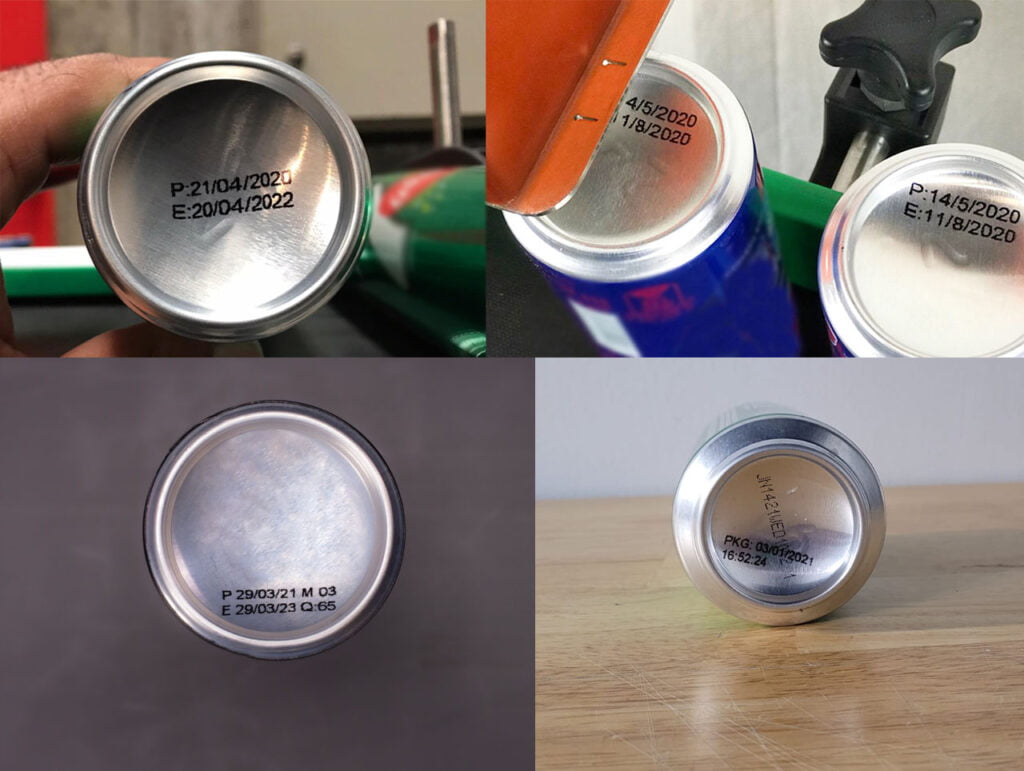
While those are some of the main limiting factors of the technology, there are some major benefits to using TIJ technology in the industrial coding segment. The main advantage? There is practically no maintenance; zero, nada, don’t have to do a thing. Why? For one, the hardware cost of TIJ print technology is extremely low compared with other common technologies in the space, such as Continuous Inkjet (CIJ) and Drop-On-Demand (LCM/P Piezo and Solenoid/Valve). Secondly, it’s incredibly simple to use and does not require ongoing maintenance or servicing. The print cartridge contains the printhead and ink supply (and yes, there also bulk systems for TIJ, but we’ll save that for another blog post). Whenever you insert a new print cartridge, you get a fresh supply of ink and a brand new printhead. The time it takes to swap in a new cartridge is less than the time it’s taking to write this sentence. So now, you’ve eliminated the need for costly maintenance, back-up printers, and specialized training. It’s simple and straightforward.
That brings us to today. TIJ technology has slowly established itself as a viable print technology, within a window of specific applications. Some of these limiting factors are ink performance, throw distance, and linear line speed. Where it works, it works well; just don’t try to push it too far. And then Funai introduced their new cartridge technology. That, combined with eUrex ink, driven by the Hx Nitro TIJ printer, has changed the game. eUrex ink is full-on solvent-based ink that dries on a wide range of substrates, including metal, glass, and plastic. Along with the fast dry time, you also get great adhesion (which means great rub resistance) on these substrates. And, on top of that, the eUrex cartridge delivers throw distance up to 10 mm. This now means many applications that were only doable with CIJ technology can be printed using the Hx Nitro and eUrex ink. And because it’s a TIJ technology, the benefits of no maintenance, low cost, and ease of use are there as well. Oh, and along with all of that performance, the eUrex ink has shown up to 48 hours of decap time. That means it can sit for two days without printing, and then deliver a legible print on the first product.
That leads us to the headline of this blog. There is no way TIJ can print acceptably and reliably on an aluminum can. Or, pardon the pun, can it? As it turns out, it may just be possible. In lab tests, the Hx Nitro with the eUrex cartridge has successfully printed in the well on the bottom of aluminum cans. Now, there are few important details to add. Firstly, the Hx Nitro is printing down, and that’s critical. Why? Remember the 10 mm throw distance the cartridge delivers? The distance from the rim to the bottom of the well of the can is 11 mm. With help from gravity and printing on an area that’s up from the well a bit (not the very bottom middle), we do get acceptable, legible print. The mark dries almost instantly.
Does this mean CIJ printers are now obsolete? Not really. CIJ printer is still a good choice for high-speed applications, and there are plenty of those. However, with the advancement in thermal inkjet printing, the Hx Nitro could be an interesting, viable, economical printing alternative. For example, because of the pandemic, many small and medium-sized microbreweries were not able to serve their products to their patrons in person by the glass. While a keg may be too large for most consumers, a six-pack of one’s favorite IPA is just the right size. This led many microbreweries to turn to the use of cans in order to meet the demand (which overall was not slowed by the pandemic!). Because these are smaller operations, they do not run 24/7. They may only run once or twice a week. That’s where TIJ technology enters the scene. With the benefits of no maintenance and simple operation, plus the added breakthrough of a true fast-drying ink and long throw distance, the Hx Nitro is the perfect industrial printer for these applications. And it’s not just microbreweries. Local coffee roasters, honey producers, and thousands of other smaller manufacturers need to code their products simply and reliably.
It turns out, in fact, that a TIJ printer can print on aluminum cans. And a whole lot of other substrates, too. For more information, please click here to learn about the Hx Nitro, eUrex ink, and other products to address your coding, marking, and product identification needs.
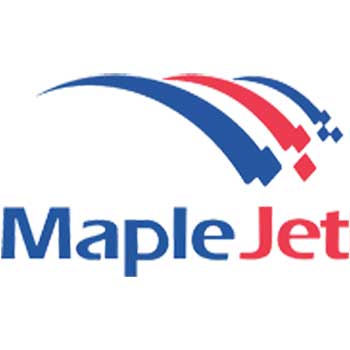
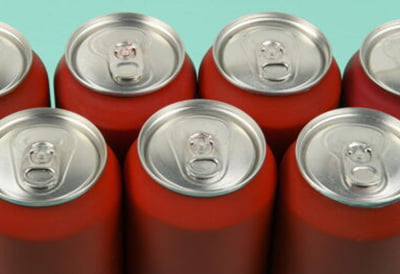
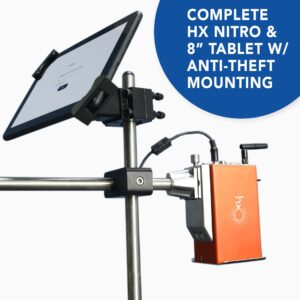

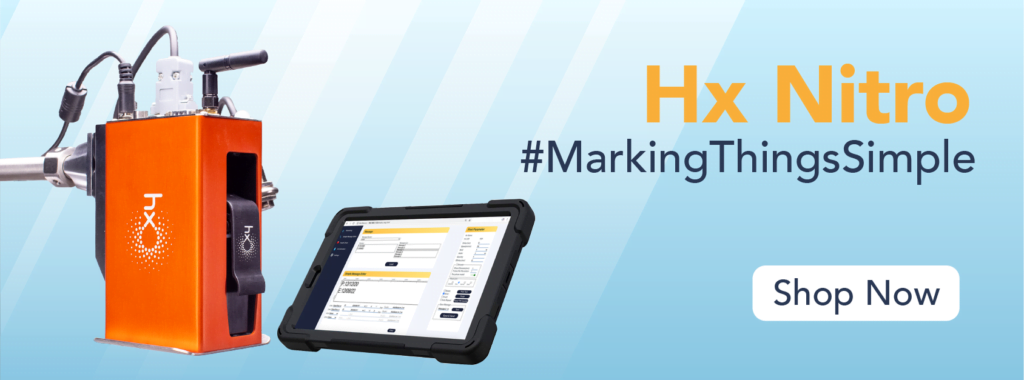


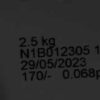



Recent Comments